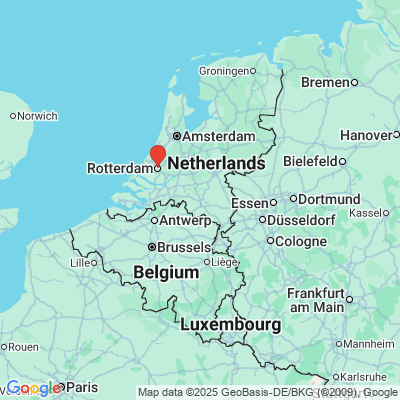A nighttime view of one of the entrances to De Bijenkorf in Rotterdam.
The story of De Bijenkorf — literally, The Beehive — began in 1870, when Simon Philip Goudsmit opened a small haberdashery on Amsterdam’s Nieuwendijk. It was a modest shop selling ribbons and sewing supplies, but it quickly grew into a department store that would come to define Dutch urban elegance. After Goudsmit’s death, his widow and family expanded the business, adding more departments and transforming it into a place where shopping itself became an experience.
Over the following decades, De Bijenkorf became a national institution — a symbol of craftsmanship, design and cosmopolitan style. Its stores were not just retail spaces, but architectural landmarks. In Rotterdam, the postwar store was designed by Marcel Breuer, one of the great modernists of the twentieth century. The branch in The Hague, built in 1926 by Piet Kramer, remains a showpiece of the Amsterdam School style, its façade full of rhythm and sculptural detail.
The company’s history also mirrors the country’s struggles and recoveries. During the Second World War, the Jewish-founded firm was seized by the occupying authorities; many employees suffered persecution. After liberation, the rightful owners rebuilt, and De Bijenkorf resumed its place at the heart of Dutch life — now as a symbol of resilience as much as refinement.
Today, De Bijenkorf is part of the international Selfridges Group, yet it retains its distinctly Dutch character. Its flagship store still stands proudly on Amsterdam’s Dam Square, while other branches serve major cities like Rotterdam, The Hague, Utrecht, Eindhoven, Amstelveen and Maastricht. Inside, the polished marble floors, designer brands and carefully staged displays continue to blend commerce with culture.
From a tiny haberdashery to a national emblem of luxury, De Bijenkorf has been buzzing for over 150 years — a beehive where history, design and daily life meet under one elegant roof.




